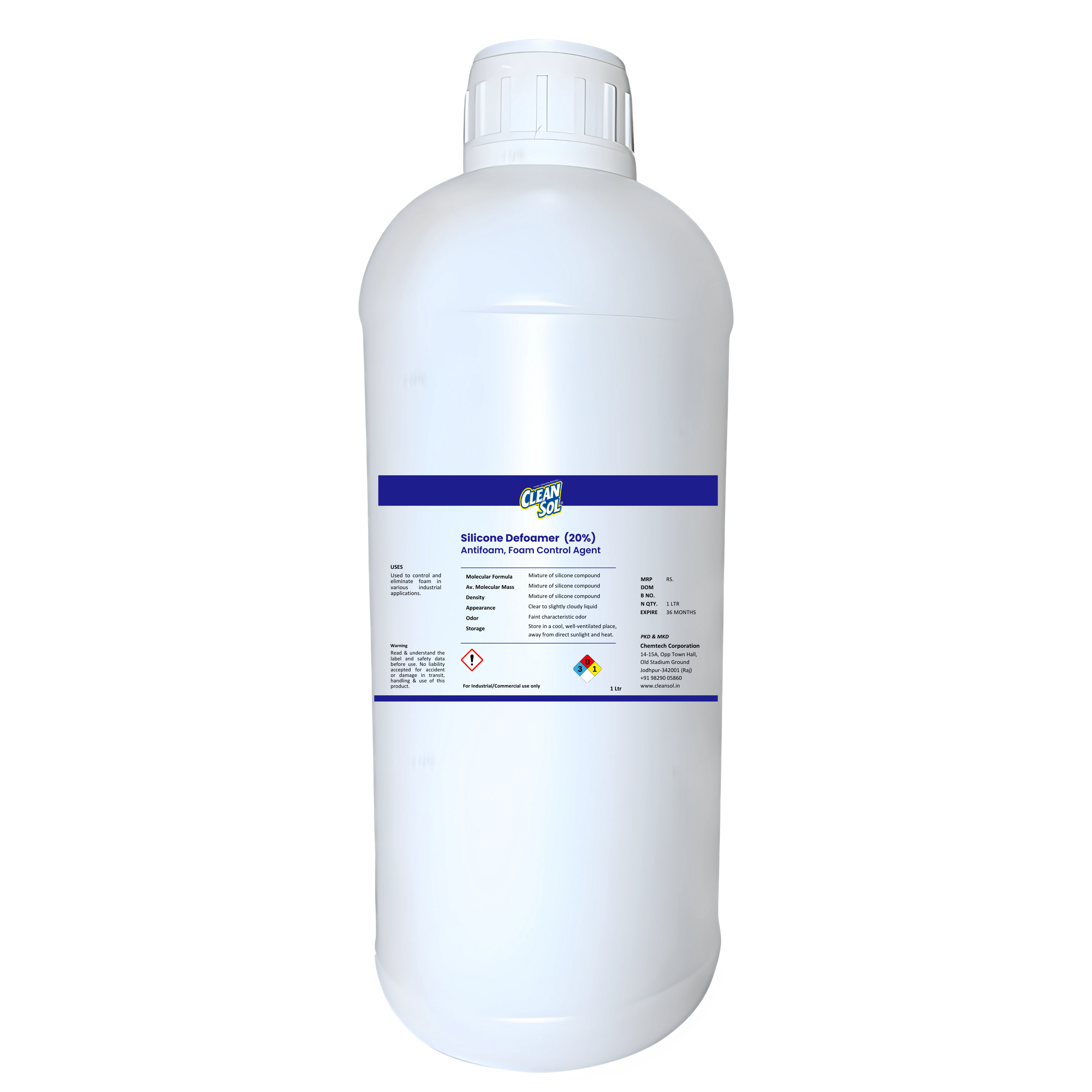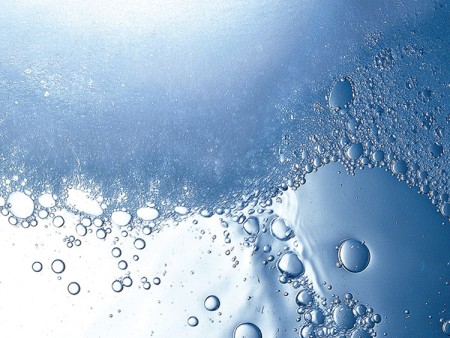Anti-Foam Control Solutions-- Maximize Manufacturing with Specialist Foam Control
Anti-Foam Control Solutions-- Maximize Manufacturing with Specialist Foam Control
Blog Article
Discovering Various Sorts Of Anti-Foam Control Solutions for Different Industries
The administration of foam in commercial procedures is an essential element that can affect both product top quality and operational performance across different sectors. Various sectors, such as food and beverage, drugs, and wastewater treatment, face special challenges associated to foam development, necessitating customized anti-foam solutions.
Comprehending Foam Development
Foam formation is a complicated physical sensation that occurs when gas is caught within a fluid, creating a steady framework of bubbles. This procedure is influenced by different variables, including the buildings of the liquid, the nature of the gas, and outside problems such as temperature level and pressure (Anti-Foam Control Solutions). The stability of foam is mainly established by the surface tension of the liquid and the thickness, as these residential or commercial properties determine just how conveniently bubbles can form and persist
In several commercial applications, foam is an unwanted result that can prevent procedures, lower effectiveness, and effect item high quality. The development of foam is frequently exacerbated by anxiety, mixing, or chain reactions, bring about increased operational challenges. Recognizing the mechanisms behind foam development is essential for developing effective control techniques.

Kinds of Anti-Foam Agents
Various sorts of anti-foam agents are used throughout sectors to battle the challenges posed by foam formation. These agents can be extensively categorized into two primary types: non-silicone-based and silicone-based anti-foam representatives.
Silicone-based anti-foam representatives are extremely reliable as a result of their one-of-a-kind residential or commercial properties. They include polydimethylsiloxane (PDMS) and can considerably decrease surface tension, enabling for fast foam collapse. Their stability at heats and in different pH environments makes them suitable for diverse applications, consisting of production and chemical handling.
On the other hand, non-silicone-based anti-foam representatives include organic substances such as fatty acids, esters, and waxes. They usually work by providing a physical obstacle that disrupts foam development.
In addition, some anti-foam representatives integrate both silicone and non-silicone components to enhance performance across particular conditions. Comprehending the unique attributes and applications of these anti-foam representatives is critical for picking the appropriate remedy for foam control obstacles in numerous commercial setups.
Applications in Food and Drink
In the food and beverage industry, effective foam control is paramount to guaranteeing product quality and procedure performance. Too much foam can cause operational challenges, such as equipment overflows, reduced handling ability, and variances in product texture. Various applications within this field, consisting of brewing, dairy handling, and juice manufacturing, demand tailored anti-foam remedies to attend to particular foaming concerns.
For example, in brewing, foam stability is critical for both the top quality of the beer and the effectiveness of the brewing procedure. Anti-foam agents are used to lessen unwanted foam throughout fermentation and product packaging, guaranteeing a smoother operations and preserving desired tastes. In dairy products their website processing, the production of items like yogurt and cheese needs mindful foam monitoring to prevent splilling and maintain appearance.
In juice production, foam can block filtering procedures, affecting return and clarity. Below, the application of suitable anti-foaming representatives can optimize production prices and enhance item look - Anti-Foam Control Solutions. In general, picking the best anti-foam control remedies tailored to the special needs of each application is crucial for maintaining high quality and performance in the food and drink sector
Solutions for Pharmaceuticals
Effective administration of foam generation is essential in the pharmaceutical industry, where precision and pureness are extremely important. Foam can hinder different procedures, consisting of mixing, filtering, and sanitation, possibly compromising product high quality and efficiency. Subsequently, the selection of suitable anti-foam options is important to maintain operational effectiveness and regulative conformity.
Silicone-based anti-foam representatives are commonly made use of as a result of their performance and compatibility with a series of pharmaceutical solutions. These representatives function by lowering surface area stress, therefore destabilizing the foam framework. In addition, non-silicone choices, such as all-natural oils and fats, are getting traction for their eco-friendliness and biodegradability, lining up with industry trends toward lasting techniques.
It is critical to take into consideration the certain application when selecting an anti-foam option, as the formula should not adversely affect the energetic components or the end product. Moreover, compatibility with cleansing and sterilization processes is essential to guarantee that the anti-foam agents do not introduce impurities. Continual tracking and testing of foam control actions can improve performance, making certain that pharmaceutical procedures remain optimum and compliant with strict sector requirements.

Wastewater Treatment Methods
As markets progressively concentrate on sustainability, carrying out efficient wastewater treatment techniques has become important for reducing environmental impacts. Wastewater therapy is an essential procedure that makes certain the risk-free disposal or reuse of industrial byproducts, thus decreasing air pollution and saving water resources.
One primary strategy consists of making use of biological treatment approaches, such as triggered sludge processes, which utilize microbes to damage down organic impurities. This approach is typically complemented by innovative filtration and Learn More sanitation methods, guaranteeing the effluent fulfills regulative standards.
In addition, chemical therapy options, such as coagulation and flocculation, are used to eliminate put on hold solids and liquified substances. The assimilation of anti-foam agents is essential in this context, as foam can impede therapy effectiveness and complicate stages of clarification and splitting up.
Furthermore, membrane layer technologies, consisting of reverse osmosis, are acquiring grip due to their capacity to produce high-grade effluent appropriate for reuse in numerous applications. In general, a mix of these techniques customized to specific market demands can considerably boost the effectiveness of wastewater therapy, adding to a more lasting future.
Verdict
Reliable foam control is vital internet throughout numerous industries to boost item high quality and process effectiveness. The option of proper anti-foam representatives, whether silicone-based or eco-friendly non-silicone alternatives, plays an important duty in attending to particular foaming obstacles run into in food and beverage handling, drugs, and wastewater therapy - Anti-Foam Control Solutions. Proceeded expedition of diverse anti-foam services will facilitate better functional end results while making certain environmental conformity and resource healing, therefore adding to sustainable methods within these fields
Various industries, such as food and beverage, drugs, and wastewater treatment, face special difficulties connected to foam development, necessitating tailored anti-foam solutions. Various applications within this industry, including brewing, dairy handling, and juice manufacturing, need customized anti-foam options to attend to particular lathering issues.
Anti-foam agents are used to decrease undesirable foam throughout fermentation and packaging, guaranteeing a smoother workflow and maintaining wanted tastes. These agents work by reducing surface area stress, thus destabilizing the foam structure. The option of proper anti-foam agents, whether silicone-based or environmentally friendly non-silicone alternatives, plays a crucial duty in attending to particular foaming challenges run into in food and drink handling, pharmaceuticals, and wastewater therapy.
Report this page